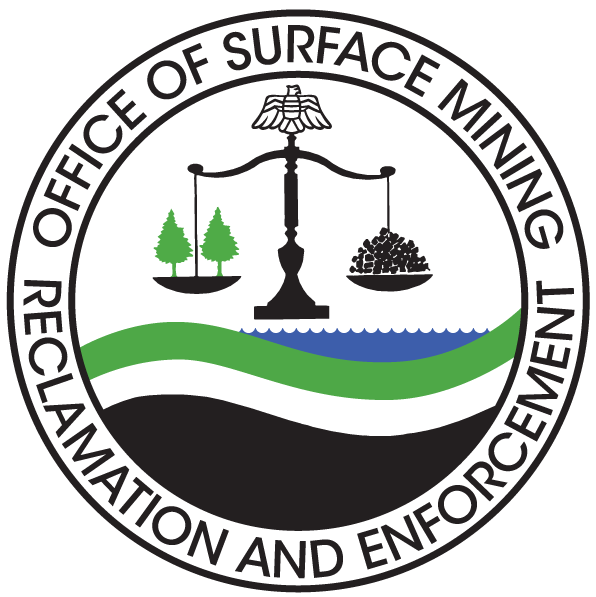Date: January 12, 2023
Contact: news@osmre.gov
WASHINGTON – The Office of Surface Mining Reclamation and Enforcement today announced more than $3.1 million in fiscal year 2022 funding from President Biden’s Bipartisan Infrastructure Law to create good-paying union jobs and catalyze economic opportunity by reclaiming abandoned mine lands in North Dakota.
Millions of Americans nationwide live within just one mile of an abandoned coal mine or orphaned oil and gas well. The Bipartisan Infrastructure Law allocated a total of $16 billion to address legacy pollution, including $11.3 billion in abandoned mine land funding over 15 years, facilitated by the Office of Surface Mining Reclamation and Enforcement. This historic funding is expected to address the majority of inventoried abandoned coal mine lands in the nation, which will help communities address and eliminate dangerous environmental conditions and pollution caused by historic coal mining.
“Thanks to the Bipartisan Infrastructure Law, we have this once-in-a-generation investment to address the majority of abandoned mine land problems,” said OSMRE Deputy Director Glenda Owens. “The reclamation landscape of tomorrow presents endless opportunities to revitalize coal communities as our country transitions to clean energy.”
The Department of the Interior has announced nearly $656 million in awards in the last three months for Alabama, Alaska, Arkansas, Colorado, Illinois, Iowa, Kansas, Kentucky, Maryland, New Mexico, Ohio, Pennsylvania, Texas, Virginia, and West Virginia. Funding will be awarded to additional eligible states and Tribes on a rolling basis as they apply.
AML reclamation supports jobs in coal communities by investing in projects that close dangerous mine shafts, reclaim unstable slopes, improve water quality by treating acid mine drainage, and restore water supplies damaged by mining. It also enables economic revitalization by reclaiming hazardous land for recreational facilities and other economic redevelopment uses like advanced manufacturing and renewable energy deployment. As directed by the Bipartisan Infrastructure Law, funding will prioritize projects that employ dislocated coal industry workers.
This funding will enable states to remediate abandoned mines that are leaking methane – a key contributor to climate change. This comes as part of the Biden-Harris administration’s unprecedented investments in coal, oil and gas, and power plant communities. This effort also advances the President’s Justice40 Initiative that commits to delivering 40 percent of the benefits of certain climate and clean energy investments to disadvantaged communities.
As required by the Bipartisan Infrastructure Law, funding allocations are determined based on the number of tons of coal historically produced in each state or on Indian lands before August 3, 1977, when the Surface Mining Control and Reclamation Act was enacted. States are guaranteed at least $20 million over the 15-year life of the program if their inventory of AML sites would cost more than $20 million to address. As state AML inventories are updated, future distributions may change.
These Bipartisan Infrastructure Law AML funds supplement traditional annual AML grants, which are funded by active coal operations. In the 45 years since SMCRA was enacted, OSMRE has provided more than $8 billion under the AML reclamation program to reclaim lands and waters that were mined or affected by mining prior to 1977.
– OSMRE –

